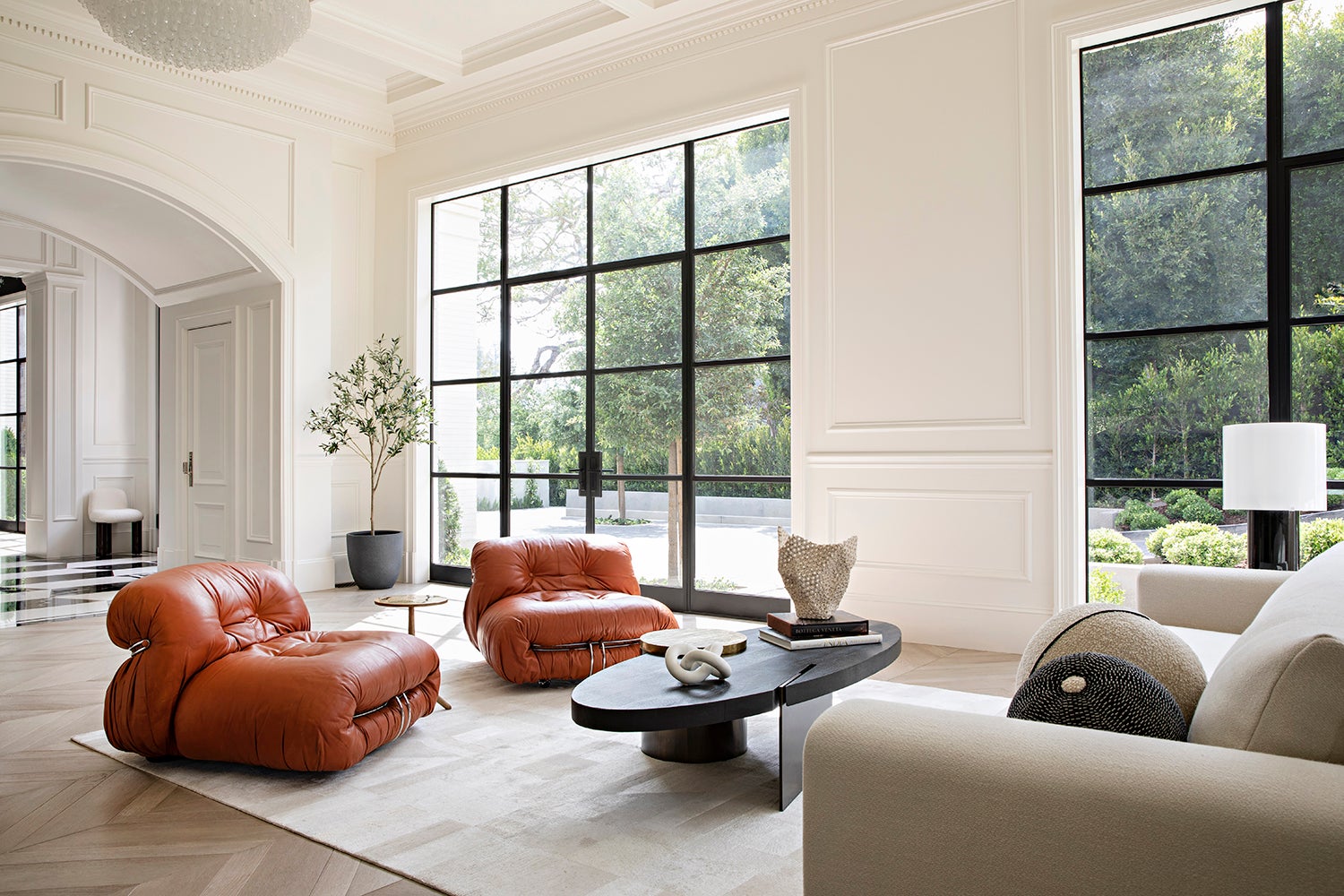Striking the right tone in your initial client communications sets the stage for your professional relationship moving forward—but there are some things that can only be said with an emoji. We asked eight designers—Megan Evans, Joe McGuier, Kara Smith, Sherrell Neal, Bradley Odom, Jen Samson, Katie Labourdette-Martinez and Olivia Wahler—how they cultivate the right communication dynamic with clients.

Start Strong
“Initially, our communication always starts off in a formal manner. I believe it helps set boundaries and establishes a level of respect and professionalism. But every client and project is different. After working with some clients for years, a more informal relationship has developed. When you are in and out of people’s homes for extended periods, a certain level of comfort and trust evolves. [But to get there organically,] setting the tone in the beginning is important—we even have a section of our contract that discusses communication expectations.” —Megan Evans, Megan Evans Interiors, Covington, Louisiana

In the Loop
“We tend to develop pretty close relationships with our clients, so texting is a natural part of communicating. We try to remain casual and steer them toward email for project-related information. At the beginning of each project, we introduce the clients to the team and explain how to proceed for project communication so everyone is informed and in the loop. It’s common for our projects to have a team of four people, so it can quickly get counterproductive if only one of us is receiving information via text—especially me!” —Joe McGuier, JAM, Brooklyn

Casual & Consistent
“Communication is very informal. It consists of emails and phone calls, but mainly texts—and even sometimes forwarding Instagram posts. I value easy and consistent communication. I want the process to be natural and fun.” —Kara Smith, KES Studio, Los Angeles

Draw the Line
“It wasn’t this way when I first started out, but I quickly learned setting boundaries is critical in this service industry. As much as I love my clients, text and DM is not the primary form of communication we exercise. Texts are solely reserved for quick updates. Never DM me about something urgent when you have my cell number—I’m not glued to social media! No different than an attorney, [in our work] texts and phone calls are not exempt from billable hours. Although this has become less of an issue over the past few years, I’ve still found it helpful to set expectations upfront as a business owner, which is why communication is a section in my design agreement. I know my clients appreciate clear structure about my hours, and when and how to reach me during the workday. They’re not surprised if a nonurgent weekend text isn’t answered until Monday.” —Sherrell Neal, Sherrell Design Studio, Houston

Paper Trail
“In the beginning, all of our communication is very formal. While my personality is very conversational, we get all communication in writing so we can ensure we are on the same page. As our relationship grows through the project, we learn and adapt to the way the client likes to work and communicate. Some clients want to know about every knob being installed, while others have a more laissez-faire approach. We learn what is important to them. As we become more comfortable with one another, our communication loosens up and clients will send us ideas and snippets of inspiration. Early in the process, many people don’t feel comfortable doing that so it is important that our relationship and communication grows and changes through the life of a project.” —Bradley Odom, Bradley Odom Interiors, Atlanta

Open Door Policy
“Our communication style is a mix of formal and informal, primarily due to the many communication options [that exist] today. We often use text messaging to confirm appointments, remind clients that we are waiting on decisions, etc. Whenever important details need to be communicated or reviewed, they are always in writing via email and reiterated through a phone call, Zoom meeting or in person. When presenting design concepts to a client that cannot meet in person, we send a link to the design proposal and set a time to walk through it via Zoom. Being face to face when presenting (even virtually) is a great tool to see initial reactions and better read the client’s reaction overall. In general, I like to discuss preferences and set expectations at the get-go for what works best for both the client and designer so that communication remains open and consistent.” —Jen Samson, Jen Samson Design, Laguna Beach, California

Easy Does It
“The formality of our relationships and communication with clients has changed quite a bit over the years, and it varies for us. As a general rule of thumb, we’re happy to text with clients to talk about meeting times, to-dos or general questions—but for big decisions, we prefer email so there’s a paper trail that’s easy to reference if needed. We are a very laid-back, family-oriented team, so we love to build relationships with our clients and get to know them on a more personal level naturally as our projects progress. We are, after all, designing such a special and integral part of their lives, so it’s important for them to trust us.” —Katie Labourdette-Martinez and Olivia Wahler, Hearth Homes Interiors, Santa Barbara, California
Homepage image: A contemporary living room by Kara Smith gets a boost of color from sculptural seating | Courtesy of KES Studio





























